Will removing one maple tree improve my garden?
newhostalady Z6 ON, Canada
4 years ago
last modified: 4 years ago
Featured Answer
Sort by:Oldest
Comments (33)
Related Professionals
Reading Landscape Architects & Landscape Designers · Mastic Beach Landscape Contractors · Pompano Beach Landscape Contractors · Twin Falls Landscape Contractors · Golden Valley Landscape Contractors · Wheeling Landscape Architects & Landscape Designers · Rochester Landscape Contractors · Beaumont Siding & Exteriors · Lebanon Siding & Exteriors · Marlton Siding & Exteriors · Wareham Siding & Exteriors · Asheville Decks, Patios & Outdoor Enclosures · Bainbridge Island Decks, Patios & Outdoor Enclosures · Blue Springs Decks, Patios & Outdoor Enclosures · Jupiter Decks, Patios & Outdoor Enclosuresnewhostalady Z6 ON, Canada
4 years agonewhostalady Z6 ON, Canada
4 years agonicholsworth Z6 Indianapolis
4 years agolast modified: 4 years agonewhostalady Z6 ON, Canada thanked nicholsworth Z6 Indianapolisglib2
4 years agonewhostalady Z6 ON, Canada
4 years agonicholsworth Z6 Indianapolis
4 years agolast modified: 4 years agonewhostalady Z6 ON, Canada thanked nicholsworth Z6 Indianapolisgracie01 zone5 SW of Chicago
4 years agonewhostalady Z6 ON, Canada thanked gracie01 zone5 SW of Chicagonewhostalady Z6 ON, Canada
4 years agoJenn TheCaLLisComingFromInsideTheHouse
4 years agonewhostalady Z6 ON, Canada thanked Jenn TheCaLLisComingFromInsideTheHousenewhostalady Z6 ON, Canada
4 years agonewhostalady Z6 ON, Canada
4 years agonewhostalady Z6 ON, Canada
4 years agomad_gallica (z5 Eastern NY)
4 years agonewhostalady Z6 ON, Canada thanked mad_gallica (z5 Eastern NY)Jenn TheCaLLisComingFromInsideTheHouse
4 years agonewhostalady Z6 ON, Canada thanked Jenn TheCaLLisComingFromInsideTheHousenewhostalady Z6 ON, Canada
4 years ago
Related Stories
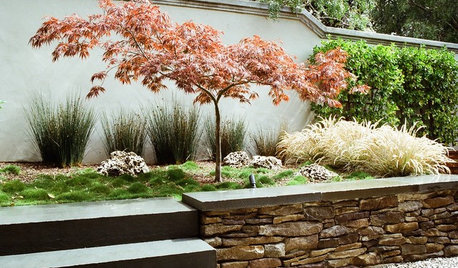
GARDENING AND LANDSCAPINGGreat Design Tree: Japanese Maple
Lacy form and fiery fall color make Japanese maple a welcome tree for garden or patio
Full Story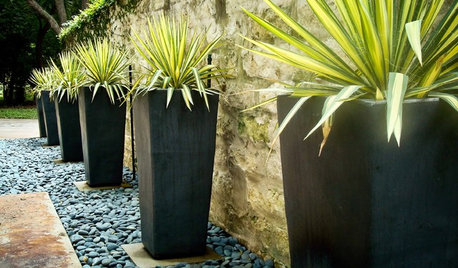
CONTAINER GARDENSWant Compelling Garden Minimalism? Think One Plant, One Pot
Highlight a show-worthy stunner or elevate a pedestrian plant by giving it a solo starring role in the garden
Full Story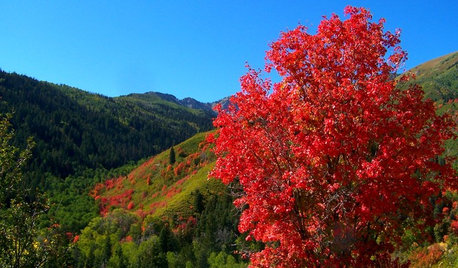
GARDENING GUIDESBigtooth Maple, the West’s Native Sugar Maple
Plant Acer grandidentatum for cool shade, brilliant autumn colors and songbird habitat
Full Story
GARDENING GUIDES12 Japanese Maples for a Sunny Garden
The right maple in the right place shines in hot summer sun
Full Story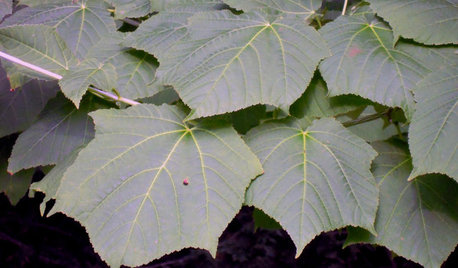
GARDENING GUIDES5 Amazing Small Maple Trees
There's more to maples than syrup. Expand your maple milieu with any of these 5 small and unusual trees
Full Story
SIDE YARD IDEASNarrow Trees for Tight Garden Spaces
Boost interest in a side yard or another space-challenged area with the fragrance and color of these columnar trees
Full Story
EDIBLE GARDENSHow to Add an Apple Tree to Your Edible Garden
Readily available, beautiful and fragrant, apple trees offer four-season interest along with crisp, juicy fruit
Full Story
GARDENING GUIDESGreat Design Tree: Australian Tea Tree
A living sculpture with an unmistakable appearance, this coastal native creates an intriguing landscape scene
Full Story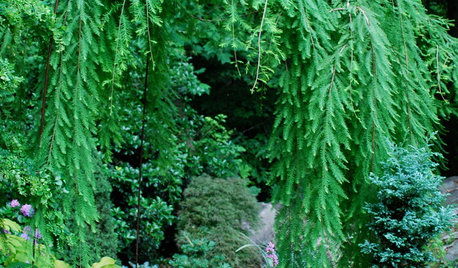
LANDSCAPE DESIGNThe Weepers and the Creepers: 10 Intriguing Trees for Your Garden
Bring something a little different to your landscape with a tree that dives, twists or crawls
Full Story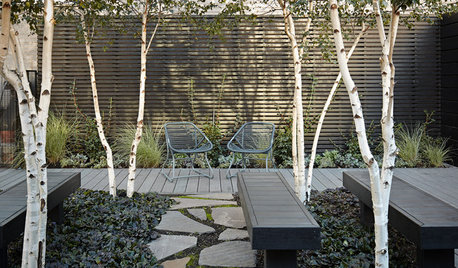
LANDSCAPE DESIGN5 Ways to Use Trees to Create a Sensational Garden Space
Trees define spaces in multiple ways and bring a layer of shade and intrigue to the landscape
Full Story









nicholsworth Z6 Indianapolis